Writing Religion in the British-Asian Diaspora
advertisement
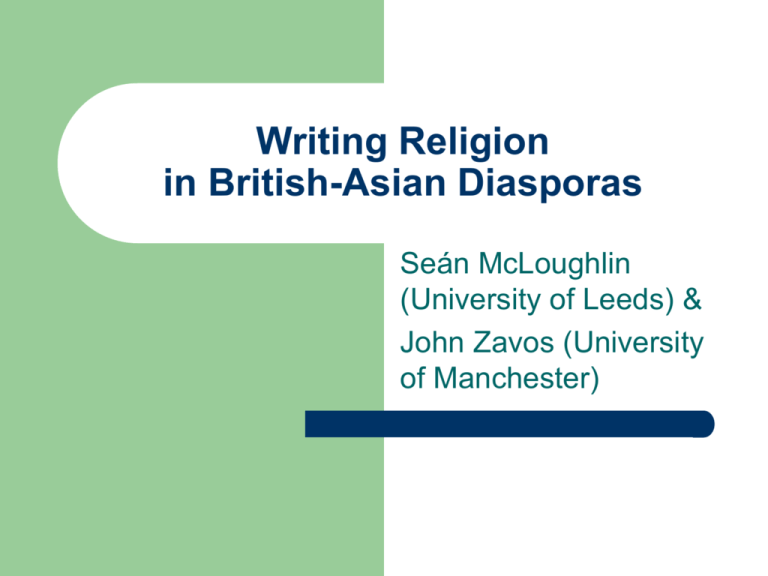
Writing Religion in British-Asian Diasporas Seán McLoughlin (University of Leeds) & John Zavos (University of Manchester) 1) Introduction / Overview Critical perspectives on ‘religion’ in academic texts writing British-Asians City vignettes + key processes in reconstruction & recognition of ‘religion’: – – – – Religious Reconstruction in Urban Contexts: Re-location & Universal-isation, Fusion & Fission Religion, Multiculturalism & the Local/National State Religion & Multi / Trans-local Imaginaries Demotic Resistance: folk religioning & hybridising popular multicultures 2) The Category of Religion Sociology Anthropology Cultural Studies: – – Religious Studies: – – 1970s & 80s: Political economy of immigration, race / culture / nation & urban ethnicity 1990s & 2000s: Diaspora hybridity transnational consciousness, flows & cultural production 1980s & 1990s empirical mapping & religion / ethnicity 1990s modern secular construct ‘segregated from power’. Study culture & power. Particular temporal/spatial locations. Religion in Postcolonial British-Asian Cities: – – – Global religioscapes. Diasporic & transnational. Universal & local. Dominant & demotic discourses - dual discursive competence The Secular State, Multiculturalism & Religion 3) Religious Reconstruction in Urban Contexts – – Birmingham - Nishkam & Sikh values. Planning, volunteering, selfsufficiency. Dynamic tension origins & diaspora. Multifunctional centre. Enterprise, well-being, heritage & multi-local ICT. Leicester - elaborate public ritual / festivals. Vaisnavite garba at Navratri - religious, gendered, adaptive, multi-local, commodified spaces but also caste specific. Cityscapes most tangible signs of relocation & adaptation Fusion & fission during soujourning & later institutionalisation What religioning travels?Continuity & transformation, ritual abbreviation & expansion, in local & universal traditions Innovation / objectification of new vernaculars in transmission Struggles for power, authority & leadership: gender, class, generation, caste, kin, denominations 4) The State & Public Recognition of Religious Identities – – ‘Encorporation’: the state writes religion as community identity The language of ‘faith’ and ‘community cohesion’ – Bradford - from AYM to BCM, the story of ‘race relations’ in the city Manchester - Religious education as a language of cohesion Birmingham - the development of religious institutions, from the unmarked terrace to multicultural icons Planning religious institutions in the multicultural milieu, a narrative of developing public recognition Erasing localised practice dominant voices and discourses in the construction of multiculturalism and religion 5) The multilocal and the translocal in the religious imaginary – resisting postmodern dislocation through spiritual location (re. community cohesion and faith relations) refracting globalisation through the multilocal Dominant voices, dominant discourses – Birmingham - Guru Nanak Nishkam Seva Jatha and the Nishkam Centre for Excellence, Soho Rd, in a network of institutions (Birmingham, Kericho, Amritsar) Birmingham: ‘getting in touch with my spiritual side’ in the context of the Bosnian war ‘turning the world inside out’ to ‘say something about the world today from a position that is not centred on the West’ (McLoughlin) Translocality/religion as an alternative moral space… 6) Demotic Resistance: – – Tower Hamlets - Baul singer, lacking institutional support / wider funding in UK ... But new cultural forms. Communications technology & commodification e.g. qawwali. Roots & routes? Birmingham - from kirtan to bhangra. Tension. Bhangra semiautonomous folk / pop cultural space. Dance & self-spirituality? ‘Religion’ & culture versus pan (Br)Asian spirituality? Memory, resources, generation. Fusion now = matter out of place? Challenge to discrete bounded religions & category itself. Non-institutionalised domestic, women’s & children’s spaces? Ethnography of melas? More or less institutionalised ‘in-between’ traditions: Valmikis, Ravidasis, Baba Balaknath, kismetic pirs 7) Re-thinking religion in the localities of the project Recognising narratives of British Asian religiosity: – A tale of transplantation (the ‘nostalgia for culture’) – Fusion-fission-fusion – Boundaries, separation and cohesion – From the margins to the centre 7) Re-thinking religion in the localities of the project – – – – – Nye: ‘a theoretical approach that assumes religious and cultural identities to be situational, based on syncretic and hybrid processes of construction and innovation, and that manifestations of a particular religious tradition within a particular multicultural context will give rise to certain religious forms’ Knott: ‘an investigation of particular, local spaces provides a different perspective on the location of religion to those approaches which take ‘World Religions’ and generic religious categories and dimensions as their objects of study’ Carrette: ‘a location for understanding a regime of knowledgepower’ Unwritten narratives and transgressive forms of ‘religion’ Using locality to decentre the category?
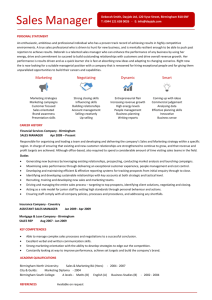
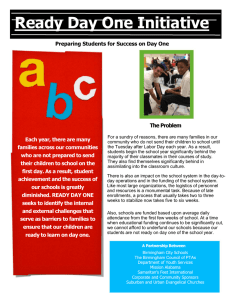
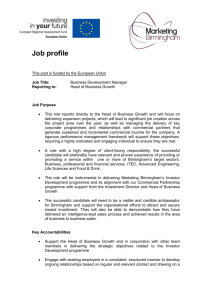
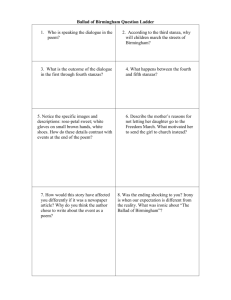
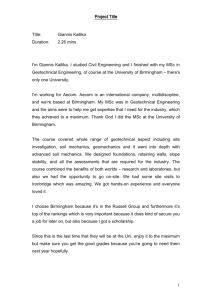
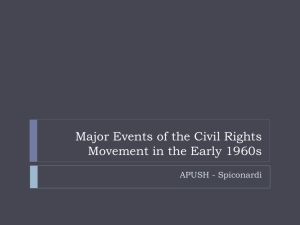
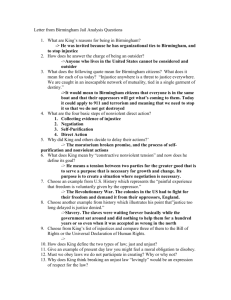
![Project description [Word]](http://s3.studylib.net/store/data/008043425_1-3e4ed50c123e3e03f00b9fc84ce61bee-300x300.png)